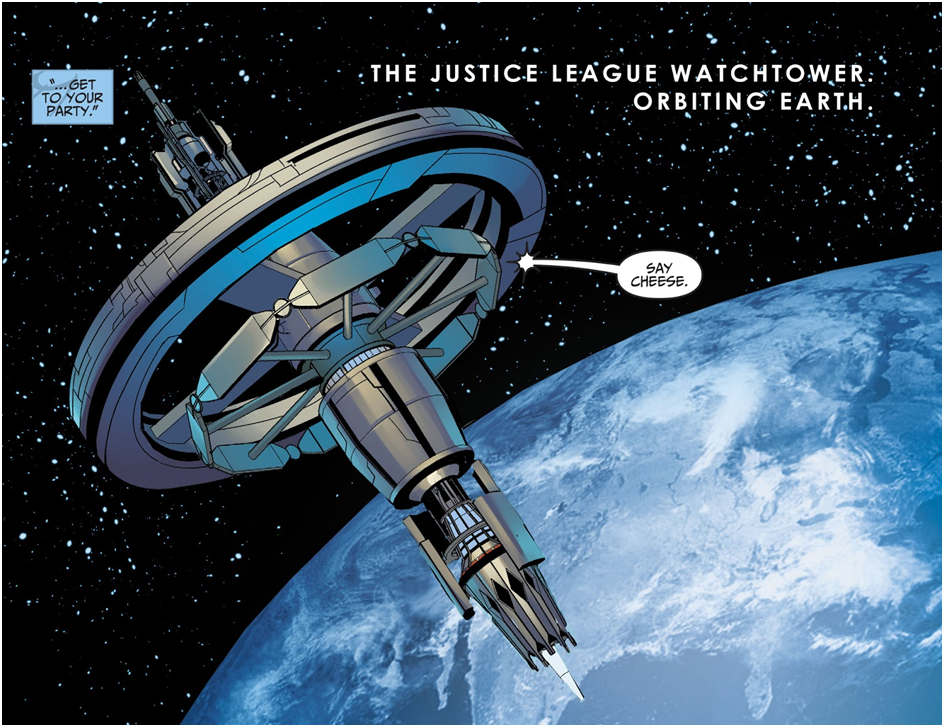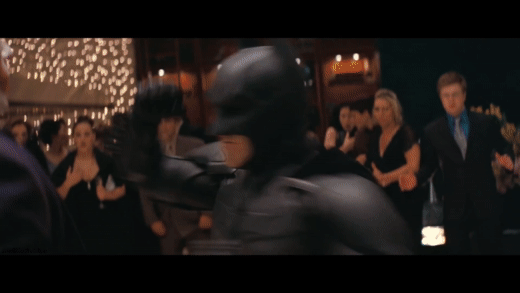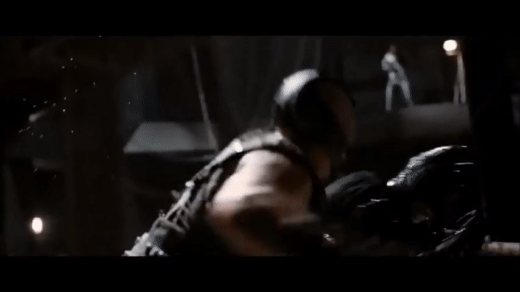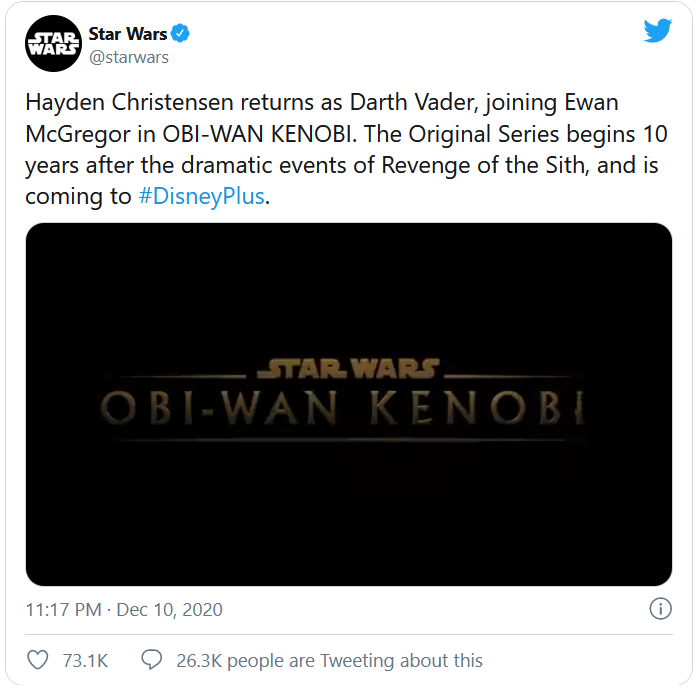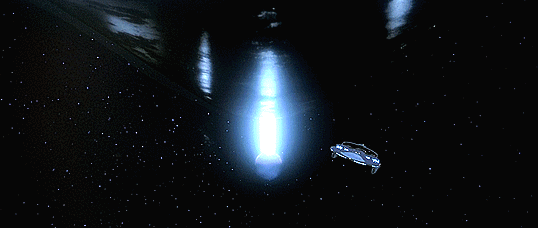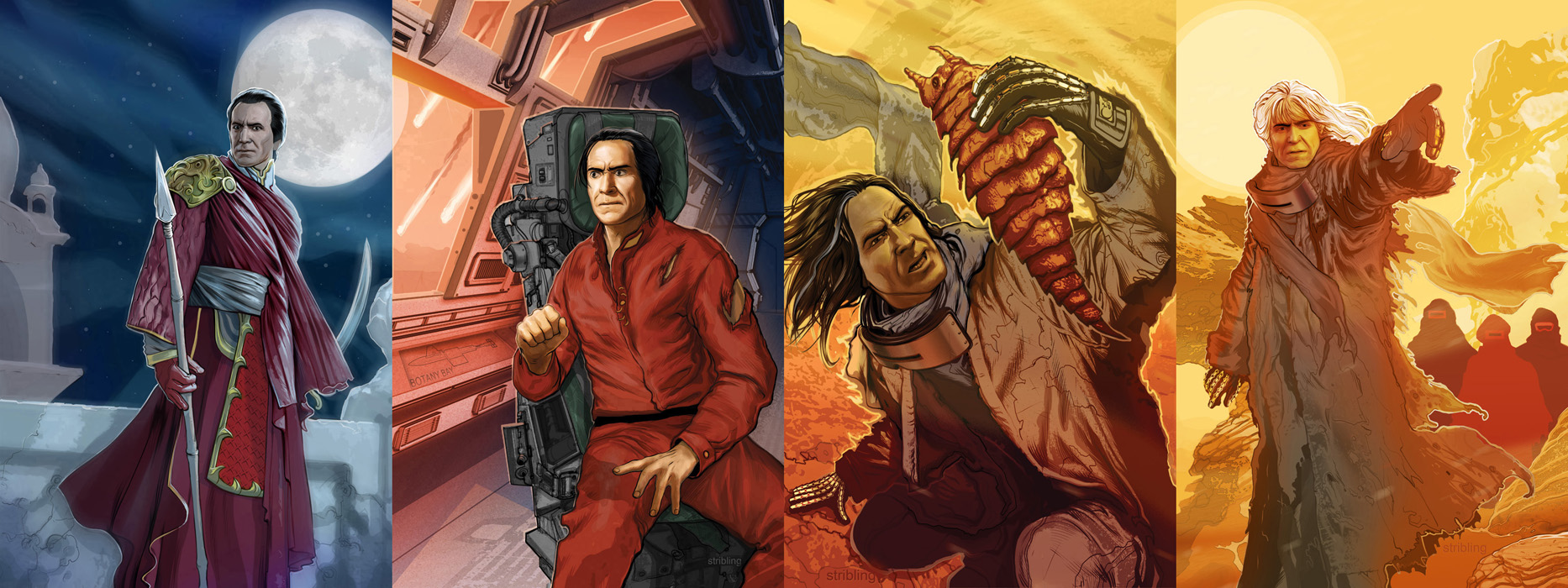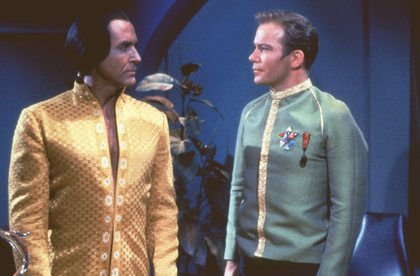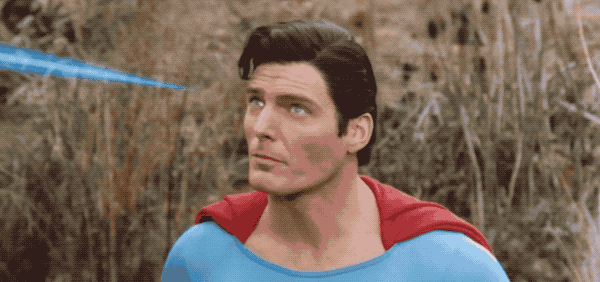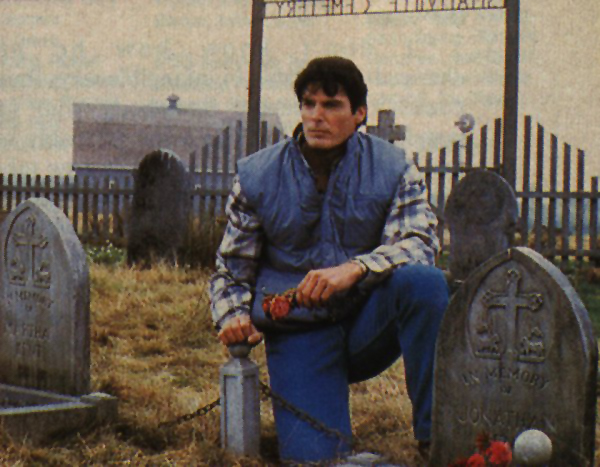Fans too often ignore the numerous animated Batman TV shows that preceded Batman: The Animated Series, so I thought it was about time we looked back at some of those older cartoons and gave them their due. I'd like to start with The Super Powers Team: Galactic Guardians. This series was notable for several reasons. For one, it was the last of the Super Friends shows produced by Hanna-Barbera between 1973 and 1986. It was also the last screen version of Batman before the 1989 film and the last cartoon before B:TAS. Unlike the earlier Batman cartoons, the Galactic Guardians had a more serious and dramatic tone, which, in retrospect, feels like a bridge between the old Filmation and Hanna-Barbera shows and the Warner Bros. Animation series that would succeed them.
Galactic Guardians is also notable for being the final Batman TV series to star Adam West. West would later guest voice Batman in shows like Animaniacs and The Simpsons, and he would also reprise the role in the animated Lego short Batman: New Times (2005) and the feature films Return of the Caped Crusaders (2016) and Batman vs. Two-Face (2017). But this was the last time he starred as Batman in a regular TV series. He'd previously played Batman in two earlier Hanna-Barbera productions: the animated Super Friends: The Legendary Super Powers Show (1984-85) and the live-action miniseries Legends of the Superheroes (1979). I mentioned before that Galactic Guardians had a more serious tone than earlier Batman cartoons, and West's performance is consistent with that. If you ever wanted to see him play a darker and more dramatic take on the character, then look no further than this series.
There's one particular episode titled 'The Fear' that every Batman fan should watch. The script was written by Alan Burnett, who would go on to serve as writer and script editor on B:TAS. According to Burnett, 'The Fear' was originally conceived as a pilot for a new Batman series. The story begins with Batman and Robin fighting Scarecrow on a dark and stormy night in Gotham City. They pursue the villain into an alleyway where Batman is suddenly overcome with terror.
Dick wonders what is so special about that particular alley that it holds such powerful sway over Batman's nerves, and the answer forces Bruce to reveal the tragic events that drove him to become the Dark Knight. 'The Fear' marked the first time Batman's origin story had ever been depicted outside of the comics. The portrayal contains several recognisable elements from the source material: the murder in Crime Alley, the image of Bruce and Alfred standing over Thomas and Martha's graves, Bruce training his body and mind to peak condition, and the bat flying through the window of his study as he sits ruminating at night. Alan Burnett would recycle some of these images a few years later when he revisited Batman's origin in Mask of the Phantasm (1993).
The Galactic Guardians was the last Batman cartoon before Batman: The Animated Series came along, and while it marked the end of one era of DC animation it also paved the way for the new era that was to come. There's some definite foreshadowing of B:TAS in the dramatic tone and dark visuals of 'The Fear'.


Considering the show's makers were prohibited by the usual rules of Saturday morning cartoons (e.g. no guns or on-screen killing), I think they did a great job of implying the darker aspects of the story. Another strong episode of Galactic Guardians – and one that deals with darker themes than you might expect from a Super Friends era show – is 'The Death of Superman', inspired by the comic story of the same name from Superman Vol 1 #149 (November 1961).
The series is worth checking out if you haven't already.
Galactic Guardians is also notable for being the final Batman TV series to star Adam West. West would later guest voice Batman in shows like Animaniacs and The Simpsons, and he would also reprise the role in the animated Lego short Batman: New Times (2005) and the feature films Return of the Caped Crusaders (2016) and Batman vs. Two-Face (2017). But this was the last time he starred as Batman in a regular TV series. He'd previously played Batman in two earlier Hanna-Barbera productions: the animated Super Friends: The Legendary Super Powers Show (1984-85) and the live-action miniseries Legends of the Superheroes (1979). I mentioned before that Galactic Guardians had a more serious tone than earlier Batman cartoons, and West's performance is consistent with that. If you ever wanted to see him play a darker and more dramatic take on the character, then look no further than this series.
There's one particular episode titled 'The Fear' that every Batman fan should watch. The script was written by Alan Burnett, who would go on to serve as writer and script editor on B:TAS. According to Burnett, 'The Fear' was originally conceived as a pilot for a new Batman series. The story begins with Batman and Robin fighting Scarecrow on a dark and stormy night in Gotham City. They pursue the villain into an alleyway where Batman is suddenly overcome with terror.
Dick wonders what is so special about that particular alley that it holds such powerful sway over Batman's nerves, and the answer forces Bruce to reveal the tragic events that drove him to become the Dark Knight. 'The Fear' marked the first time Batman's origin story had ever been depicted outside of the comics. The portrayal contains several recognisable elements from the source material: the murder in Crime Alley, the image of Bruce and Alfred standing over Thomas and Martha's graves, Bruce training his body and mind to peak condition, and the bat flying through the window of his study as he sits ruminating at night. Alan Burnett would recycle some of these images a few years later when he revisited Batman's origin in Mask of the Phantasm (1993).
The Galactic Guardians was the last Batman cartoon before Batman: The Animated Series came along, and while it marked the end of one era of DC animation it also paved the way for the new era that was to come. There's some definite foreshadowing of B:TAS in the dramatic tone and dark visuals of 'The Fear'.


Considering the show's makers were prohibited by the usual rules of Saturday morning cartoons (e.g. no guns or on-screen killing), I think they did a great job of implying the darker aspects of the story. Another strong episode of Galactic Guardians – and one that deals with darker themes than you might expect from a Super Friends era show – is 'The Death of Superman', inspired by the comic story of the same name from Superman Vol 1 #149 (November 1961).
The series is worth checking out if you haven't already.













